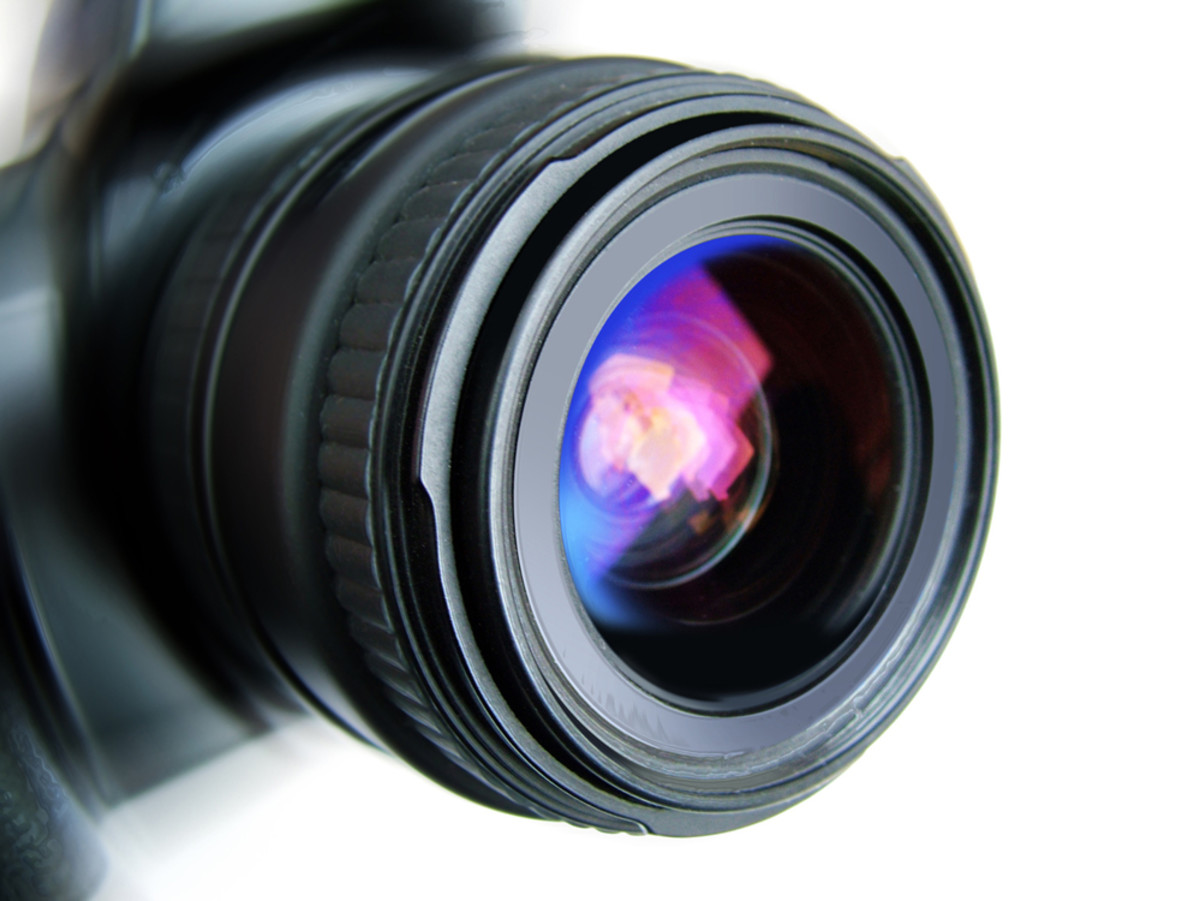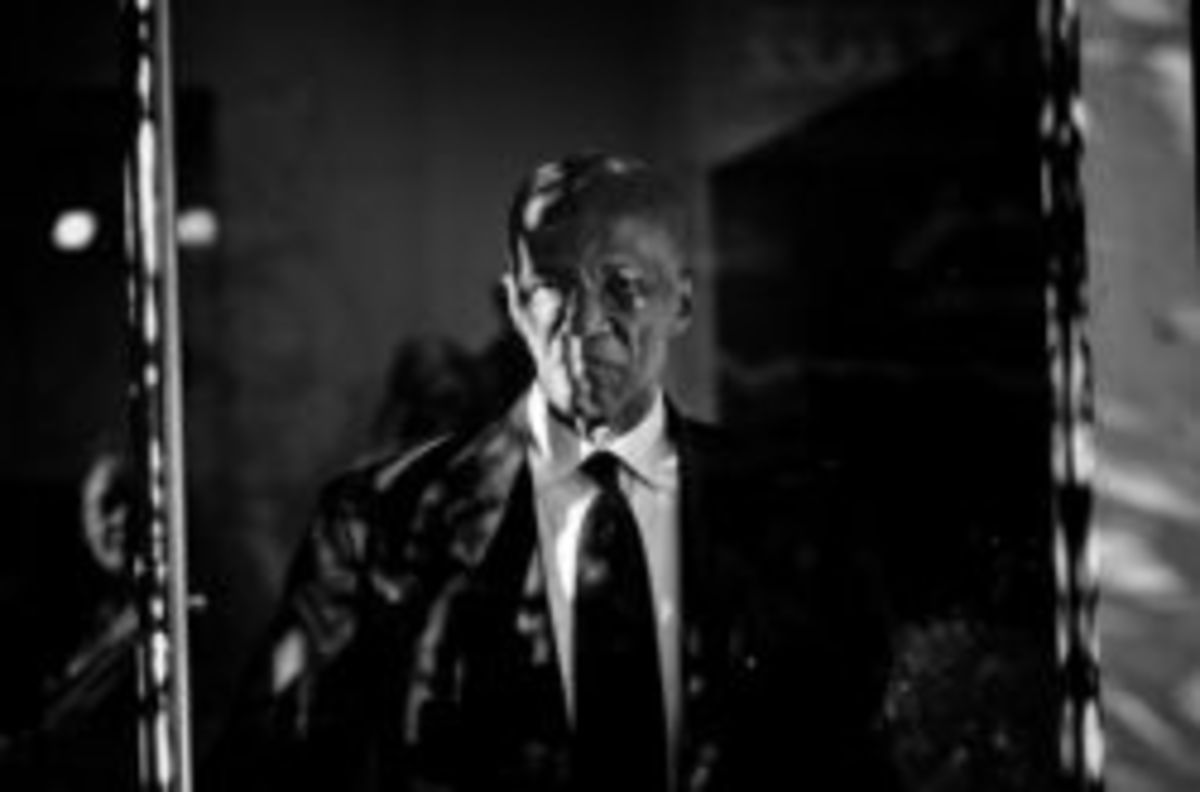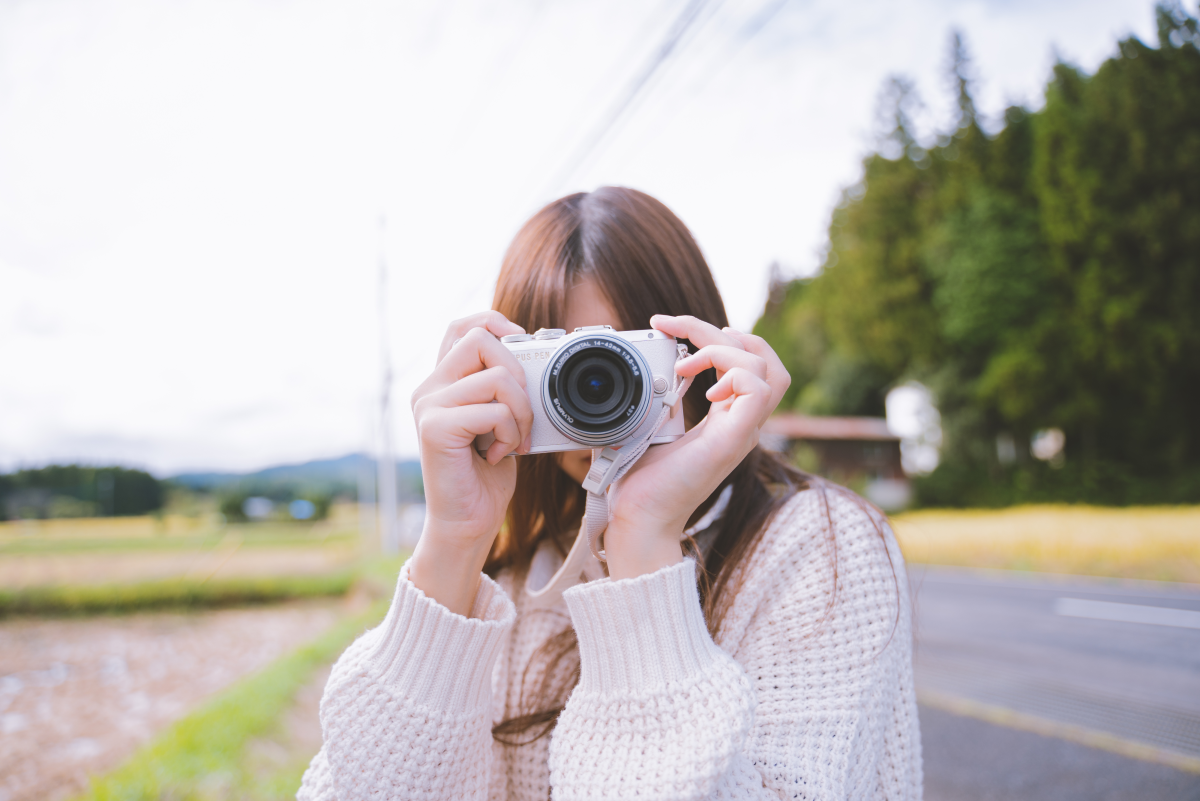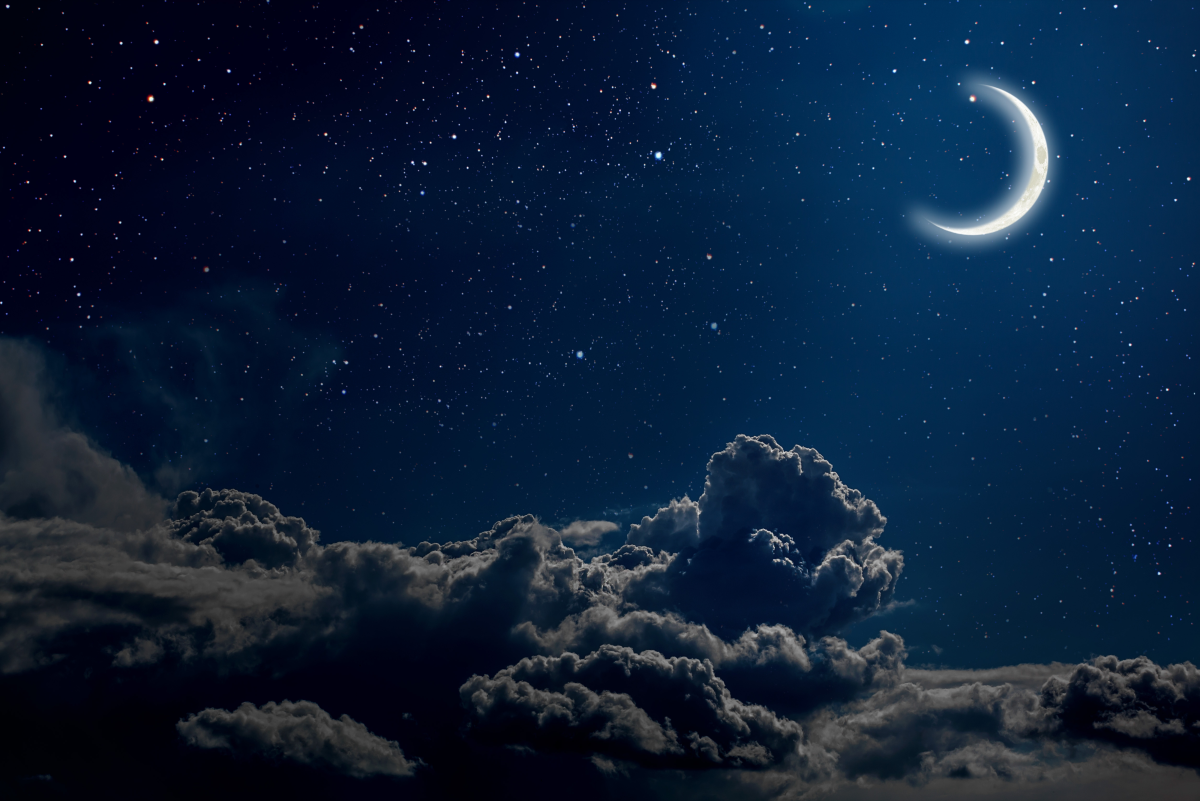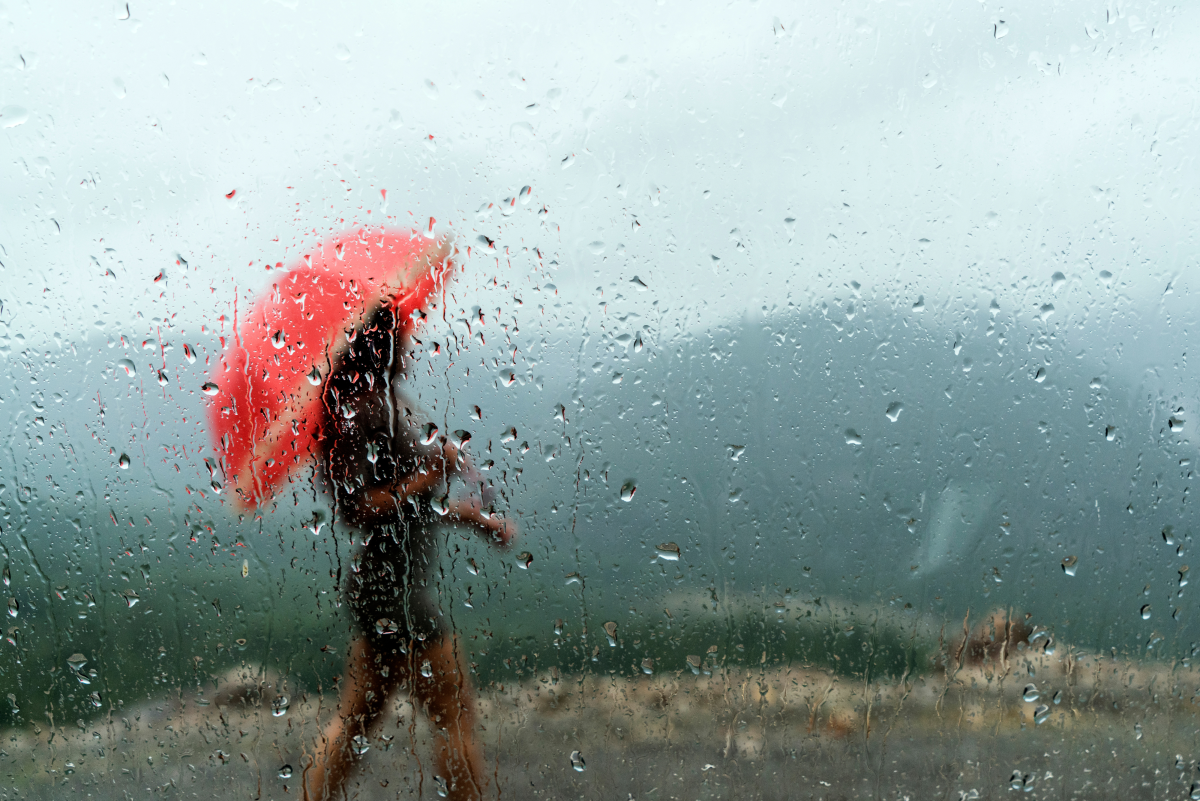How to buy a digital camera guide
Buying a Digital Camera, Getting Started
The season for holiday shopping is here. With 2011 Christmas around the corner,a digital camera may be what you will buy as gift either for yourself or your loved one. I bought a digital camera the other day and I would like to share with you my experince in this hub.
Thanksgiving leads to the Black Friday and the onset of Christmas shopping and like most have done before, we will all be heading to Amazon to buy digital cameras among other things.
I know that you may have read a lot of articles on how to buy a digital camera, I don’t want to call this hub how to buy a digital camera because as we all know the only cameras being sold are digital cameras, long gone are the film cameras and I wonder if you use films where are going to process them. That being the reason, the whole hub may as well be titled how to buy a digital camera.
Digital cameras changed the way we take pictures, there is no more trips to the studios to develop the film and waiting. With digital cameras, you see the picture you have taken immediately after taking it.
Over the years I have bought a camera and liked it and I have as well bought a camera and disliked it. The reasons for my disliking a camera have been mostly on the fact that the camera did not meet my needs.
When buying a camera assessing your needs is the first thing. Do not a buy a camera because you like its features while you will hardly use 80% of the said camera features. For me there are two types of camera, there are cameras for amateurs and there are cameras for professionals.
The amateur cameras are cheaper while the professional cameras are expensive. If you buy a professional camera it means that you will be paying for features you may never use. It is like buying a meal at a restaurant that you will not eat and that is waste.
The first step of buying a camera is asking yourself what is your level of photography, is it professional or is it a hobby. If it is a professional then go for the cameras that will shoot the best picture ever and it will cost you leg. For those of us who are amateurs in taking photographs, we need a camera that will take great looking pictures while saving dollars.
The other questions to ask yourself is what is your budget, how much do you want to spend? This narrows down your camera search to a range, making it easy for you to have less to choose from.
Buying a Digital Camera, Who Are You
The type of images and other output that you will be taking, do you want video capability. There are great cameras when it comes to videos and there are great cameras for still pictures. I always say, if you are going for a video go camera go for a digital video camera, and if you are going for a still pictures camera, go a still picture digital camera, simple, do not buy a camera for both, it never works.
If you are an outdoor person, who like taking landscape, vegetations, natural features, a zoom is very important. Are you a party animal and you mostly take pictures of parties, the dancing, then shutter speed and ISO settings are key. The question to ask yourself is what kind of features do you want?
The camera size is important, if you travel a lot, a smaller camera is great, with coming of a digital camera, size and power are not directly proportional, and there are smaller compact cameras that give very good results.
The brand is also critical, Sony has great digital camera and if you have been using a Sony digital camera it may be a bit difficult to start using a Canon or a Nikon. Nikon and Canon are known brand names in the camera world and the two brands offers brand heritage which means they have the necessary expertise to create great digital cameras so if brand is key, you have a choice to make.
Buying a Digital Camera, the Technical Terms
Understanding the digital camera technical terms
As much as the technology has changed the concept behind the camera has remained the same. The concept is about allowing light through a pinhole and storing the image on a film or an image sensor. The lens of a camera is one aspect that cannot be replaced and the physics behind it remains the same
A camera lens is housed either inside the camera for or a zoom of digital camera; the zoom houses the mechanical assembly of the lens and its elements. A zoom differs with a fixed focal length lens commonly referred to as (FFL) in a simple fact that its focal length can be manipulated.
Today’s digital cameras sell themselves using terms like optical zoom which is the ability of a camera to focus on an object at a distance. The best optical zoom is of course a larger zoom because it allows the digital camera operator to take pictures of distance objects without moving closer. However a smaller zoom allows one to take pictures of landscape and other scenery.
If you are journalist who want to be taking pictures of single elements i.e. a presidential candidate then go for a larger zoom, if you are like me who like taking landscape, then a smaller zoom is what you need. In digital cameras, the optical zoom is an electronic sensor. So when buying a digital camera look for terms like CMOS (Complementary Metal Oxide Semiconductors) and CCD (charge coupled device), the two terms stand for image sensors that enable the digital camera capture the image.
As we have mentioned the light is one of the key ingredient in creating an image on a camera. The aperture is the hole that lets the light pass in any type of the camera including a digital camera. An aperture opens to let the light in, the aperture determines how much light is let in, if the aperture hole is small or narrow it allows and thus allows sharp and focused but darker.
A wider aperture allows much light however creating a blurred image. The mechanism of the zoom and other types of lens manipulates the aperture thus controlling the amount of light to reach the image sensors in a digital camera in what has become to be known as the shutter speed. A faster shutter speed allows much light that slow shutter speed.
Decreasing shutter speed decreases the aperture size and thus decreasing the focal length in what we call the f-numbers
A lower f-number denotes greater aperture opening, thus less light reaching the image sensor in the digital camera
A slower shutter speed is ideal for taking focused object that are far and the faster shutter speed the shorter the distance is the object and in a digital camera, decreasing aperture size i
Most digital cameras have what is called the aperture priority, an automation that gives the photographer to select settings while the internal mechanism of the camera controls the shutter speed as well as the light sensitivity.
ISO
The ISO is a function to control light getting to a light sensor of a digital camera. Thus a lower ISO number means more light requirement and vice versa. ISO settings in a digital camera do not work in isolation, the ISO settings work with the shutter speed mechanism of a digital camera, as we had mentioned earlier, a slower shutter speed requires less light and thus when buying a digital camera check ISO, lower ISO of between 50 and 1600 are used in places where there is a lot of light especially daylight and also applicable when a digital camera is mounted on a tripod. Taking photos at night may require raising the ISO and a faster shutter speed. Depending on the situations that you will be using your digital camera, the ISO settings are important aspects.
Another aspect to consider when buying a digital camera is digital camera type. DSLR versus Point and Shoot
Most of the experienced photographers will tell you that their camera of choice is the DSLR. DSLR stands for digital single-lens reflex camera. This is one of the greatest camera technology ever developed. The DSLR technology did not come with the digital cameras but was first innovated over 60 years ago and has been known as SLR, with the coming of digital technology the D was added. The reason why DSLR technology still appeals to the professional photographer is because a DSLR digital camera allows customizations because of their interchangeable parts. Besides the DSLR cameras are said to have less shutter lag.
On the other hand, a point and shoot camera has advantage on cost, point and shoot cost far much cheaper from a DSLR. Besides, the shortcomings of a point and shoot have been mitigated by many settings that have been added by different digital camera manufacturers.
Buy Point and Shoot Digital Camera from Amazon
Buying a Digital Camera, the Research
Research is also critical in helping make a decision, with the internet all over the place, familiarize yourself with the camera brands and digital camera technical terms. Research also helps in understanding the prices. Identify online stores that sell digital cameras and check which offers discount and save yourself money.
For research, the best way to start is go to search engine and type the search term, if you type the word camera you will get millions of search results, this may make decision making harder, be more specific i.e. type digital camera and you get less search terms. If you have identified a specific brand, type the brand name and if you have a model in mind in mind type the model, this way you get better search terms that are more specific.
I have developed a questionnaire for you to use in your digital camera pre purchase research, use the quationnaire below to identify the type of digital camera you need. Use it to enable you buy the best digital camera for yourself. It is in a spreadsheet and all you need is no tick and fill in details
Buying a Digital Camera, Pre Purchase Research Questionnaire
Brand Name
| Sony, Canon, Nikon, Leica etc
|
Camera type
| Point and Shoot/DSLR
|
Model
| (Indicate model here)
|
Optical Sensor Resolution
| x Megapixel
|
Optical Sensor Technology
| CCD/ CMOS
|
Optical zoom
| Number followed by x
|
Maximum Aperature Range
| F/x-x
|
Minimum focal length
| x millimeters
|
Maximum focal length
| 100 millimeters
|
Lens Type
| Zoom lens
|
Optical Sensor Size
| x
|
Included Flash Type
| Pop-up flash /inbuilt
|
Display Size
| x inches
|
Light Sensitivity
| ISO 100 to ISO 2000
|
Image types
| JPEG/others
|
Shooting Modes
| Frame movie mode
|
Exposure Control Type
| Landscape, Night, Snow, Landscape, Portrait mode, Night, Sunset, Indoor etc
|
Viewfinder Type
| LCD
|
Width
| x inches
|
Depth
| x inches
|
Height
| x inches
|
Weight
| x pounds
|
Price
| x (Currency)
|
REPLACE X WITH THE REAL FIGURE AS DESCRIBED BY THE DIGITAL CAMERA SELLER
Digital Camera, Add Ons
Other elements to look for in a digital camera includes
The specs of the zoom: Most current digital cameras have a powered, wide angle zoom accompanied by Optical Image Stabilizer
Advantage of a wide angle is that it enables you to take a landscape or people in a wide line picture by using the digital camera zoom instead of the photographer moving either backward or forward or worse still asking the people posing for the picture to come closer.
Optical Image Stabilizer is a technique internally built by a digital camera manufacturer with advantages of reducing blurring especially from motions of the digital camera during still photo taking. It makes photos look great. A digital camera without Optical Image Stabilizer especially on low shutter speed will take a blurred image due to the photographer shakes.
Digital camera battery type, internally built battery is a good thing, but it means that if you go to place without power you will either need an extra battery or fail to take pictures. I prefer a camera that can take ordinary batteries especially the AA. This way I have a choice of using rechargeable batteries when I can access electricity or simply buy from a store in case there is no power.
My Personal Best Camera Brand
If you are a professional and you really want a serious camera then Leica in what you should buy. The Leica Cameras are unmatched in any single way. They are engineered to perfection and you will always tell a picture taken by a Leica if you are a professional.




